Business
The Secret Weapon Agencies Don’t Want You to Know About
Published
2 years agoon
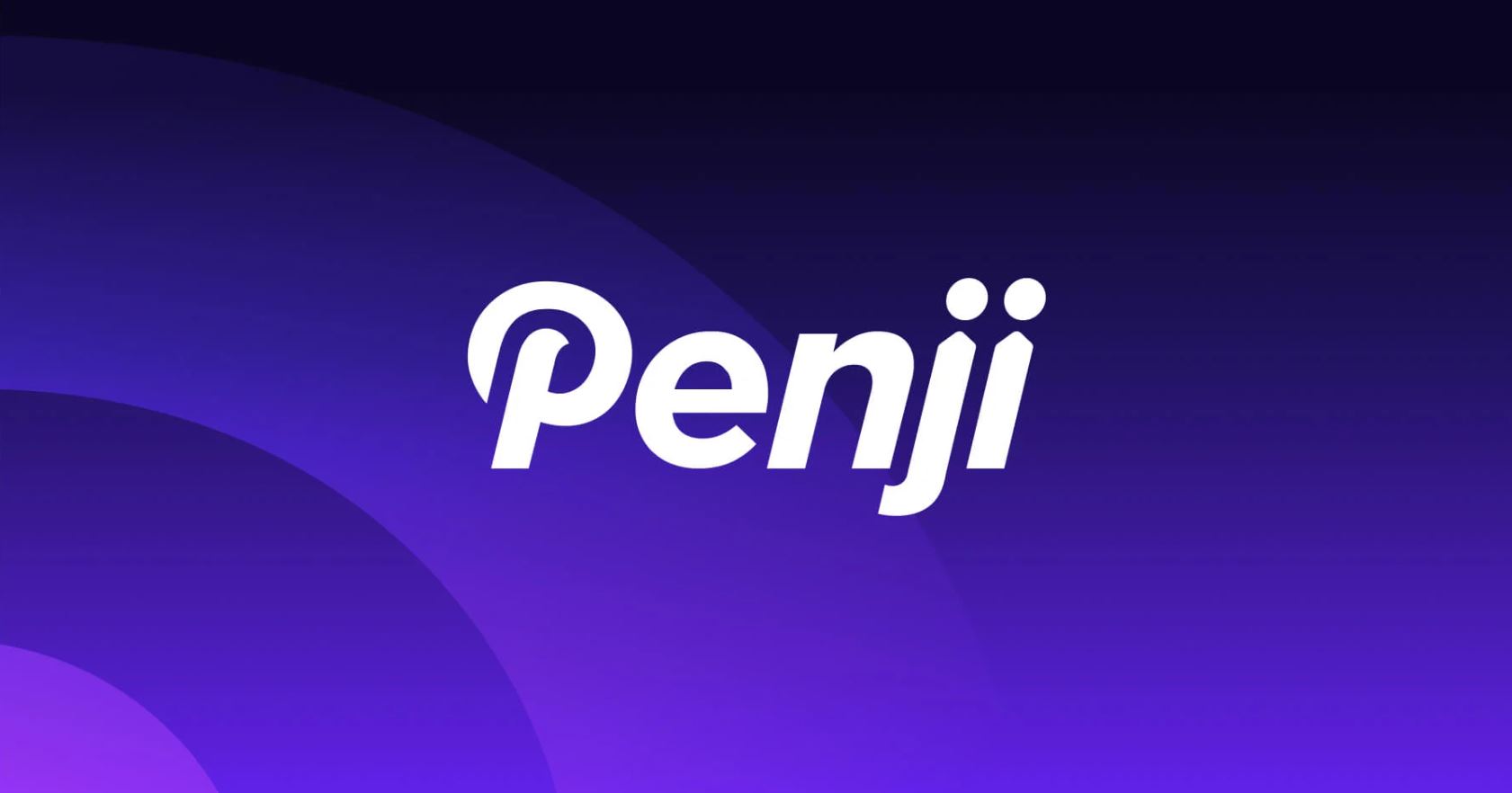
Your brand is a force to be reckoned with, but every time you need a new design—whether it’s for your website, social media posts, marketing materials, ads, etc.—you hit a wall. Maybe you’ve tried hiring freelancers, only to find that they’re unreliable, missing deadlines, or delivering work that’s just not up to your standards. Or you turn to design agencies and end up spending a fortune on designs that don’t even capture the essence of your brand.
Sound familiar?
Then there’s the option of doing it all in-house, but let’s be honest—your team is already stretched thin, or maybe this design work just isn’t their forte. Instead of focusing on growing your business, you’re bogged down with revisions, design miscommunications, and never-ending back-and-forths with both designers and clients (each of whom probably blame the other). It’s frustrating, time-consuming, and worst of all, it’s keeping your brand/your clients’ brands from looking their best.
If this is you, you’re not the only one. Let’s take a minute to explore why this is happening.
Where Modern Brands Get Stuck
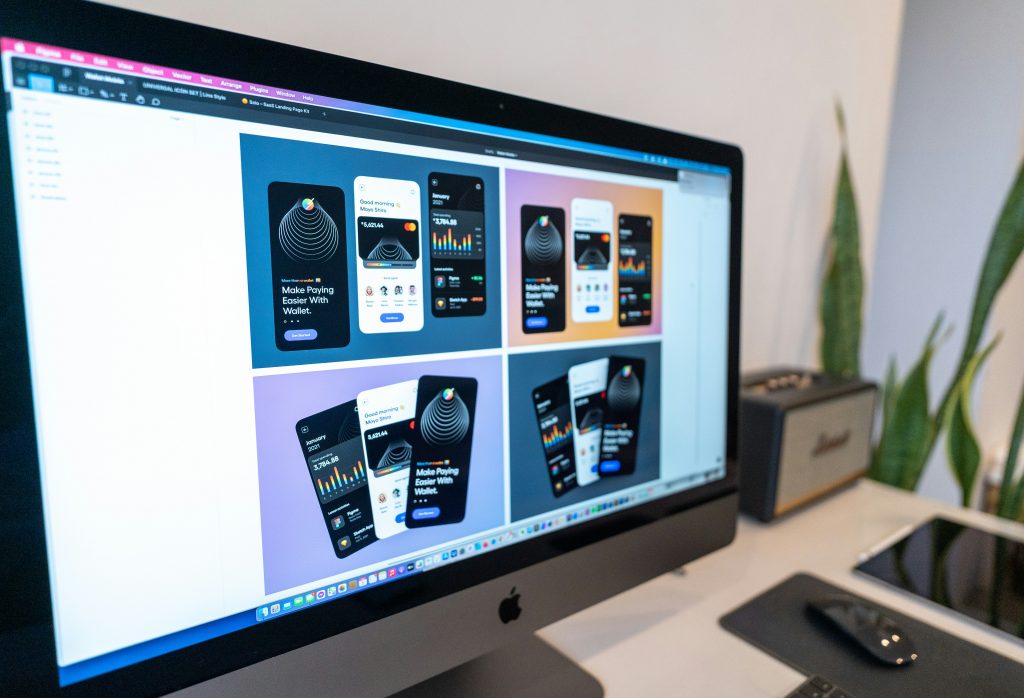
You’d think that in today’s highly connected business world, getting top-notch design work done would be easy enough. But the reality is far from it. The sheer number of options out there is overwhelming—do you go with a freelancer, an agency, or build your own in-house team? Each path comes with its own set of challenges, and none of them are as straightforward as they seem. Just because there’s quantity doesn’t mean there’s quality.
Basically, more options = more complexity. And more complexity = less efficiency.
Finding a freelancer might seem like an easy, budget-friendly option, but how do you really know if they’re any good? There’s no easy way to vet them before hiring, and many have little to no experience in handling complex projects. Even if you do manage to find a talented designer, coordinating with them remotely can turn into a logistical nightmare.
On the other hand, if you have a solid in-house team, managing the design process becomes a full-time job in itself. Whether it’s developing a website, creating a mobile app, or launching a new marketing campaign, every detail needs to be just right. The more your company grows, the more complex your design needs become, and suddenly, you’re drowning in work—too many projects, too many people to manage, and no streamlined way to keep everything on-brand and on-schedule for each client.
When hiring full-time designers or even just popular freelancers, costs can rack up quickly. Before you know it, you’re paying multiple salaries just to get the bare minimum of what you need from a design team.
Running an agency today is complicated. So it’s 100% forgivable to need outside support.
Enter: Your Night & Shining Armor, Penji
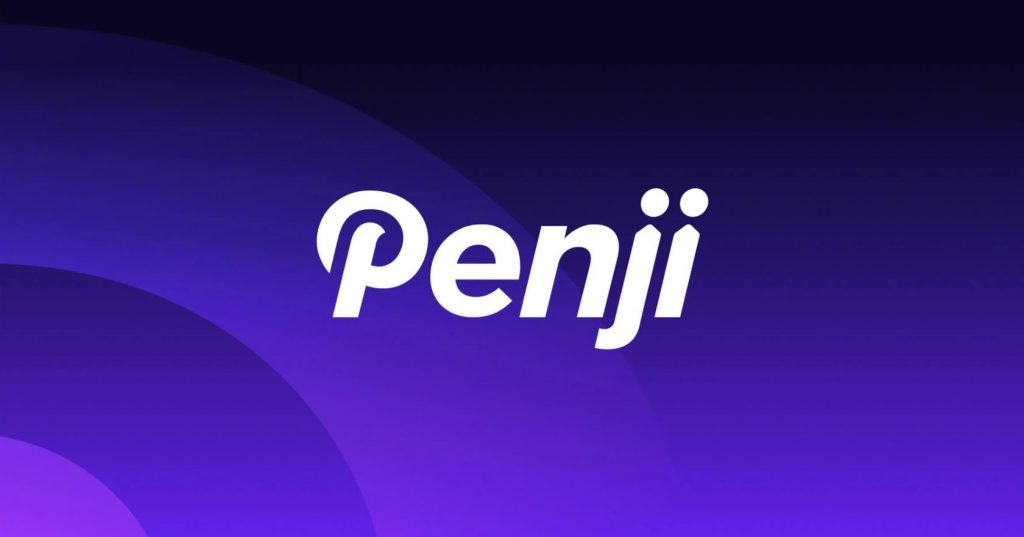
Penji is a graphic design service that runs on a subscription model, offering unlimited design projects for a flat monthly fee. Founded in 2017, Penji is tailored for businesses and agencies that need ongoing graphic design support without the traditional constraints of per-project fees or design contests. Unlike other creative platforms, Penji assigns a dedicated designer from their talent pool to each project, allowing for personalized service and continuous collaboration. Brands get a range of design services including branding materials, ads social posts, websites, apps, custom illustrations, presentations, and more.
You might think opting for a whole design team would break the bank, but it’s actually far more affordable than hiring a full-time designer (yes, we did the math). By subscribing to an unlimited design service, you not only cut costs dramatically but also avoid the endless task of sorting through freelancers who might not meet your expectations.
With this approach, you can finally say goodbye to:
- The frustrating cycle of hiring and firing designers year-round
- Missing critical deadlines because the work wasn’t delivered on time
- A disjointed brand identity that doesn’t represent your vision
- Accepting mediocre designs that feel rushed and uninspired
- Overburdening your in-house team with more design tasks than they can handle
How the Process Works
- Start a Design Project: The process begins when you create a design project by filling out a straightforward form. This form includes details about your design needs and allows you to attach relevant files. Penji encourages you to provide comprehensive information to ensure that the assigned designer has a clear understanding of your requirements.
- Get Assigned a Designer: Once your project is submitted, Penji matches you with a designer who they believe is best suited for your project. This designer will be your point of contact, and you can communicate directly with them throughout the process. The initial draft of your design is delivered within 24 to 48 hours.
- Review/Request Revisions: After receiving the first draft, you have the opportunity to review it and request revisions if needed. Penji’s approach ensures that you’re completely satisfied with the final product before it’s considered finished.
- Want to see how it works? Check out a free live demo.
Choosing a Design Package
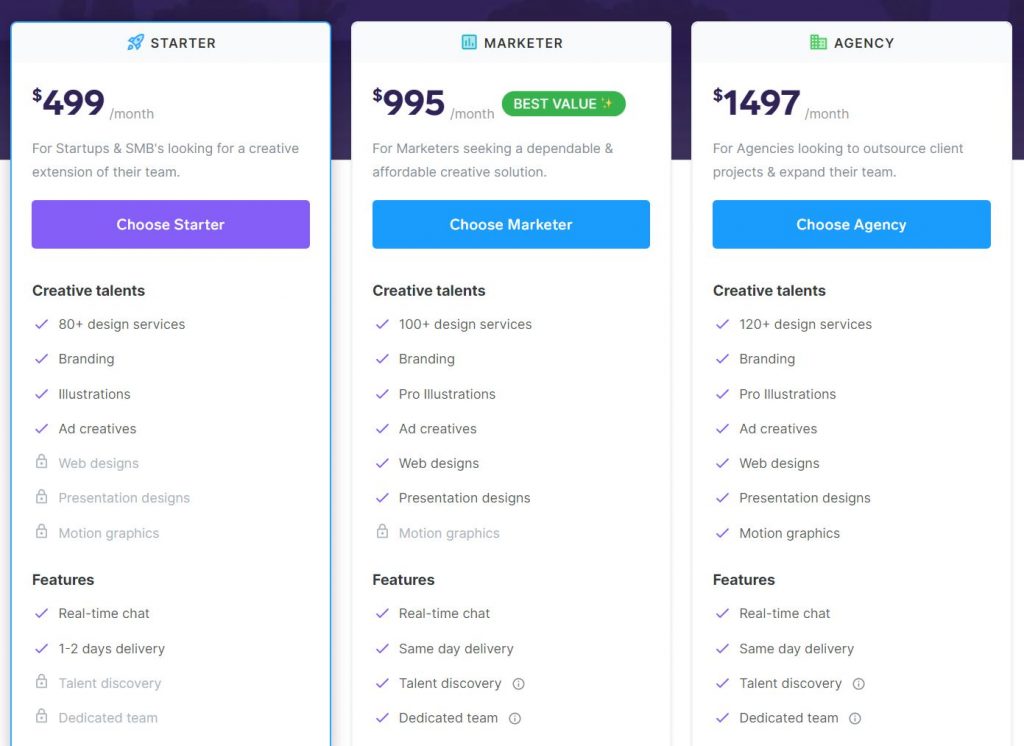
All the packages are laid out with monthly, quarterly, and yearly pricing. Starting at $499 per month for the Starter plan, you’ll be able to make unlimited graphic design requests with a 24-48 hour turnaround (Keep in mind, more complex projects like websites will take longer). If your design needs grow, you’ll have the Marketer and Agency packages to choose from.
What’s the Turnaround Time?
When using this design tool, you can typically expect to receive at least one draft by the next day. In fact, many users are pleasantly surprised to find three drafts ready for review within 24 hours. For comparison, most freelancers and design firms often take several days just to submit a single draft.
What’s impressive is the quality of the designs, especially considering the quick turnaround. This is largely because each project is handled by a different designer, giving you the advantage of having a virtual design team working on your requests simultaneously.
Using the Built-in Revision Tool
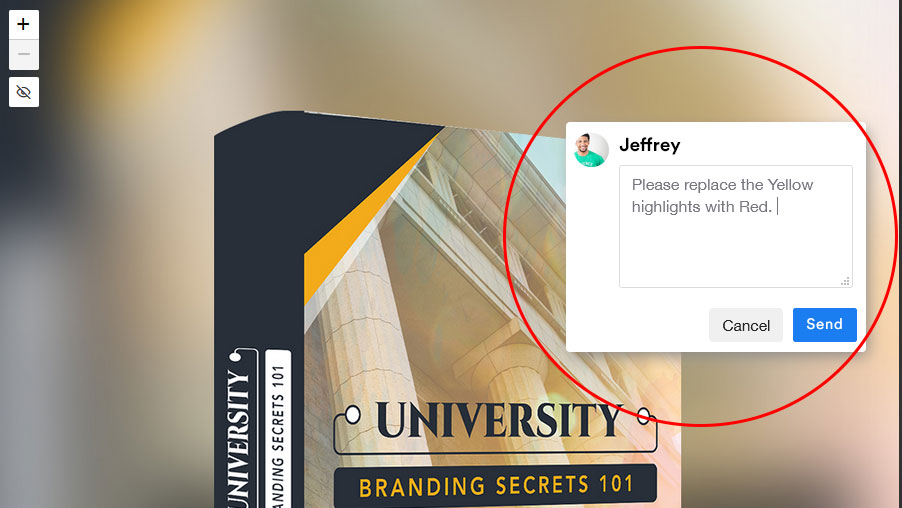
Penji has a built-in revision tool that lets you click anywhere on the design to leave a revision. It’s useful as it enables you to pinpoint what you want to change.
Even with the initial drafts being strong, you might still need some revisions. Typically, these revisions are turned around the same day or by the next day, depending on their complexity. For more involved revisions, you might be told it will take up to 24 hours, which is still a relatively quick process compared to other design services. One thing to note is that while the platform is efficient, it doesn’t offer real-time chat with your designer.
Designer Swap
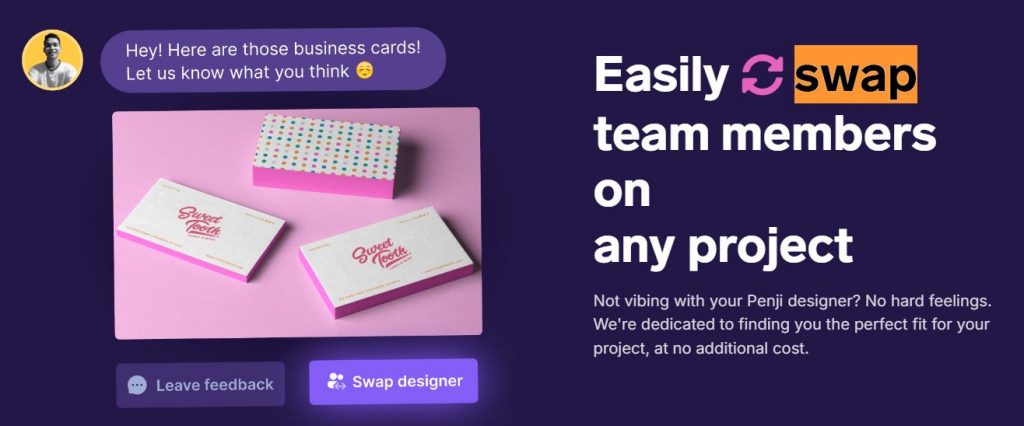
You may not always see eye-to-eye with a particular designer. If their take on a project just doesn’t feel right and you’ve tried revisions, Penji allows you to try a different designer at no cost (and no awkwardness).
Is Penji Right for You?
Penji is a robust solution for brands that require a steady stream of design work. Its subscription-based model, fast turnaround times, and the advantage of working with a dedicated designer make it a compelling choice for those who value efficiency and consistency in their design projects. However, the service may not be ideal for those who only need occasional design work or are seeking a broader range of creative services (eg. 3D animation).
If you’re tired of having a design workflow that’s not efficient enough, Penji offers an opportunity to simplify and get tailored support from a pro design team year-round.
Business
What’s the Best Design Agency in San Jose for Growing Brands?
Published
1 day agoon
December 29, 2025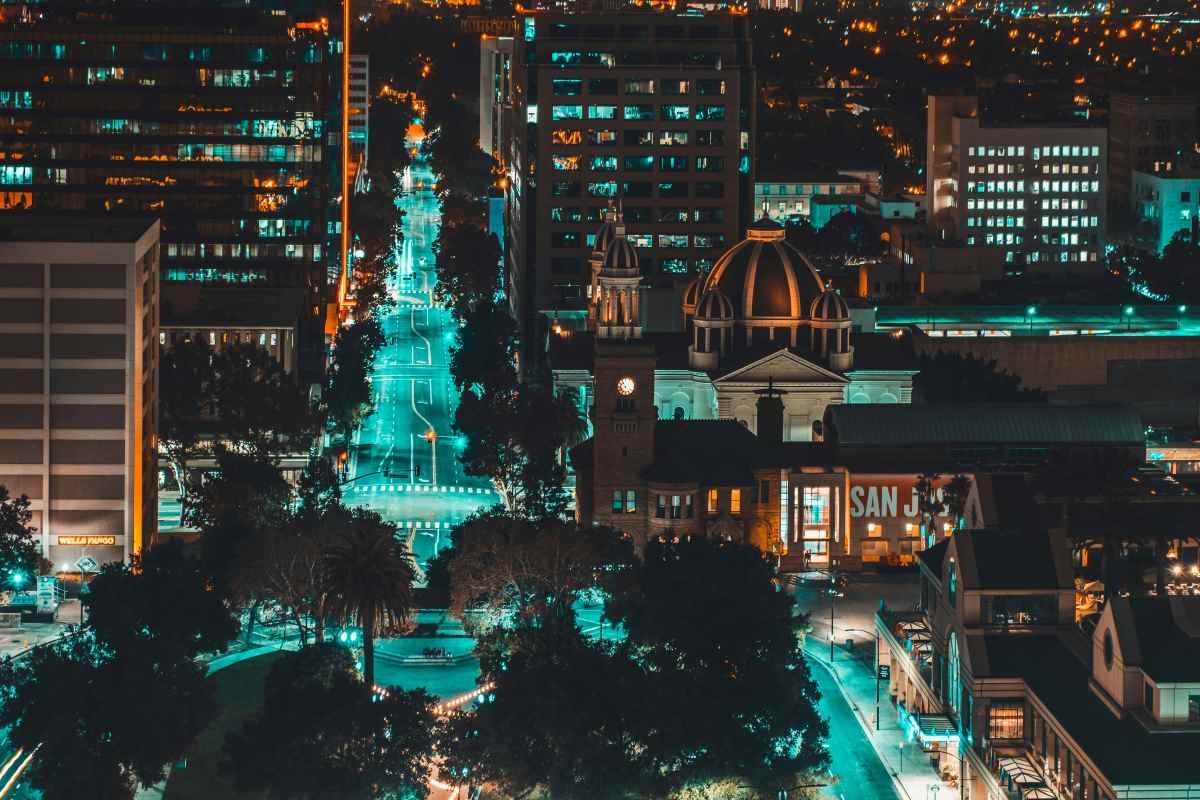
If you’re a growing business in the San Jose, California area, finding the right graphic design partner is easy. The city holds some of the best design agencies in the region. Here’s a shortlist to narrow down your options:
1. Penji

As a top design-as-a-service platform, Penji offers a wide range of graphic design services to businesses in San Jose and anywhere in the world. Its unlimited request and revision model allows growing brands to get all their design assets for one single fee. You can submit requests for logos, infographics, custom illustrations, and many others.
2. Design in Mind

Offering a full menu of services, Design in Mind offers branding, marketing, web, and event design services. This includes logos, brand guidelines, print collaterals, UI/UX, and event branding services. It has done impressive work for Ploughshares, LinkedIn InDay, Natera GSM 2025, iChina, and Project Peace, to name a few.
3. Baunfire

With a promise to drive brands forward, Baunfire is an excellent design agency for growing businesses. It offers a wide array of services, which include website design, UI/UX design, web development, insights and analytics, research and discovery, and competitive analysis, among others.
4. Clear Digital

With offices in New York, Houston, and Chicago, Clear Digital has its headquarters in San Jose, California. Its broad range of services includes strategic branding and positioning, digital experiences and creative, technology infrastructure and support, and more. Its multidisciplinary approach is carefully followed by its team of strategists, designers, developers, and client managers.
5. WebEnertia

Popularly known as Silicon Valley’s non-profit digital agency, WebEnertia is another option you can consider. It has worked with non-profit brands The James Irvine Foundation, Hoover Institution, and IMBA. Its key services include digital strategy, UX/web design, motion graphics, web and mobile app development, SEM strategy, and analytics and tracking services, among many others.
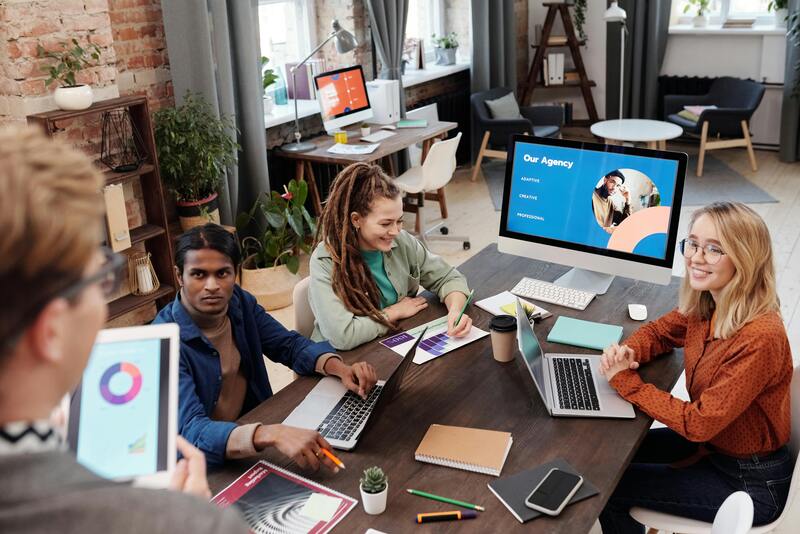
TLDR: For scalable, high-volume, high-quality design without hiring hassles, Penji is your best bet. For deeply strategic, narrative branding work, go traditional with Contrast & Co, BB Agency, or ProDesigns.
Did you know design is responsible for 94% of first impressions? That means your design is the welcome mat for your soon-to-be customers.
Are you a startup or agency based in Space City looking to launch your design into the stratosphere? You need a design partner who can match your pace.
1. Penji

Welcome to the future of design. Penji combines the top 2% of design talent and AI tools for on-demand, monthly subscription, unlimited graphic design, illustration, and UI/UX work.
Get a whole team at your fingertips. Get drafts in 24-48 hours without having to hire a team or deal with inconsistent freelance pricing. From a quick social media graphic to a full web mockup, Penji keeps your project on track at all times.
Pros:
- Unlimited Requests: Submit as many projects as you want.
- Fast Turnaround: Drafts in 24-48 hours.
- Cost-Effective: Flat monthly fee, no hidden charges.
- Expert Designers: Access to top global talent.
Cons:
- Not Strategy-Focused: Best for execution, not long-term brand strategy.
2. Contrast & Co
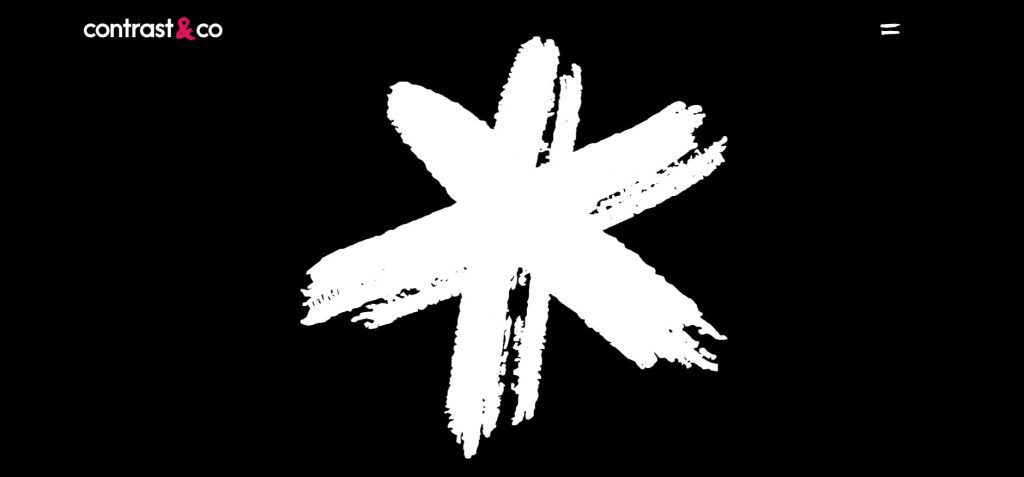
If you’re looking for the traditional agency model with a little storytelling flair, Contrast & Co is the way to go. Although they’re based in Annapolis, they are experienced with many Houston clients and are known for building brands based on “radical differentiation.” They don’t just design; they tell stories.
Pros:
- Strategic Depth: Excellent for complex rebranding and brand positioning.
- High-End creative: Known for award-winning, narrative-driven visuals.
Cons:
- Cost: Their premium strategic approach often comes with a higher price tag ($10,000+ minimums).
- Timeline: Traditional agency models typically have longer turnaround times than on-demand services.
3. BB Agency
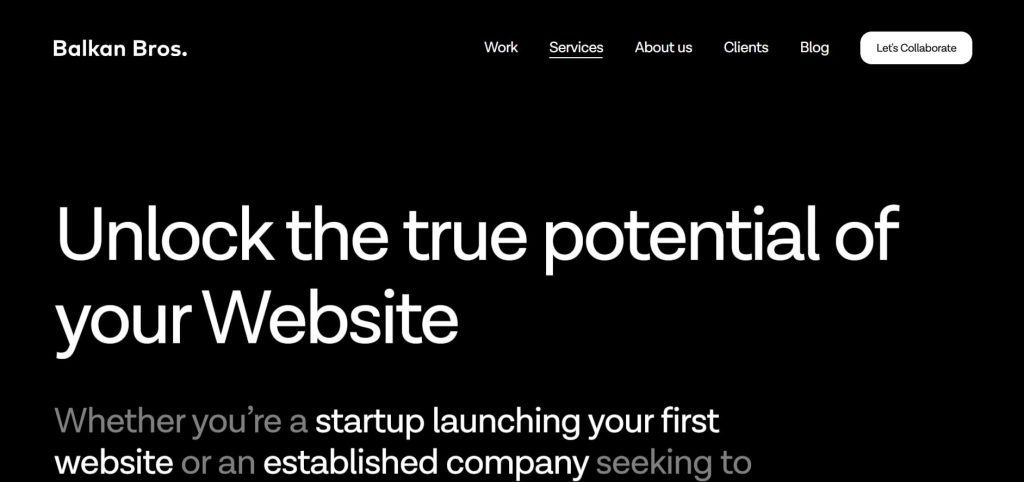
BB Agency works with SaaS and tech companies. They build businesses through thorough B2B branding and digital product design. If you are in the B2B tech space, their portfolio speaks for itself—clean, modern work which places UX at its core.
Pros:
- Tech Focus: Deep expertise in SaaS and B2B sectors.
- Holistic Approach: They handle everything from branding to development.
Cons:
- Niche: Their specific focus on tech might not be the right fit for consumer lifestyle brands.
- Budget: Project costs often range between $50,000 and $200,000.
4. ProDesigns
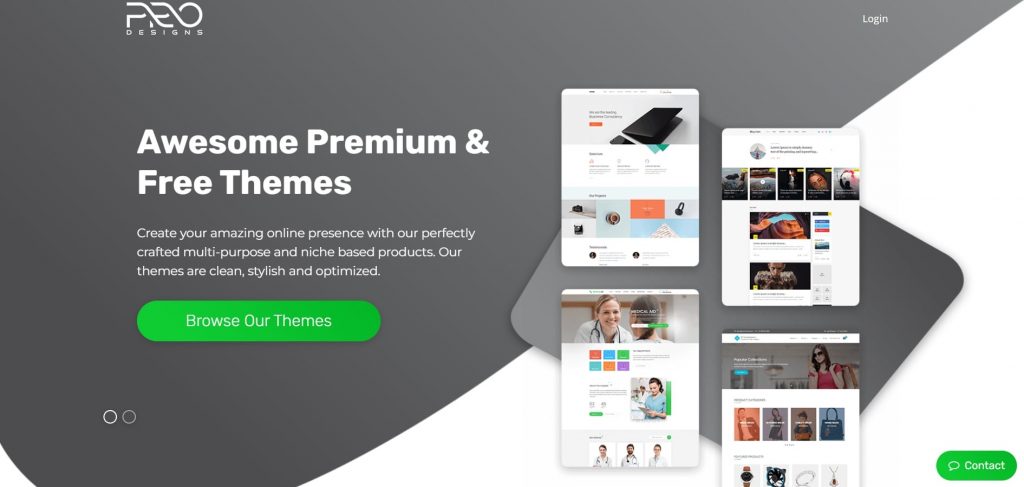
For businesses needing specific, project-based graphic design services, ProDesigns offers a solid middle ground. They focus heavily on logos, corporate design, and packaging. So if you need something created without a subscription or heavy retainer price, they’re great for local one-off projects.
Pros:
- Project-Based: Good for one-off needs like a logo or brochure.
- Affordable: generally more accessible pricing for small businesses compared to large agencies.
Cons:
- Limited Scalability: Managing high-volume, ongoing design needs can become costly on a per-project basis.
- Slower Feedback Loops: Revisions may take longer compared to a subscription model.
FAQs
How much does a graphic design agency cost in Houston?
Agencies in Houston typically charge $100–$175 per hour. Project costs range from $1,000 for small tasks to over $50,000 for full branding. Services like Penji offer a flat monthly rate, often much lower than a single agency project.
What is “design as a service”?
Design as a service offers a subscription model with a flat monthly fee for as much design work as you need for that monthly fee. Instead of paying per hour or project as normal with an agency, this is a way to ensure predictable budgeting and consistency with your design team.
Credit for cover image: Photo by Mikael Blomkvist on pexels
Business
Maximizing ROI in 2026: The Top 10 Facebook Ads Strategy Ideas to Try
Published
5 days agoon
December 25, 2025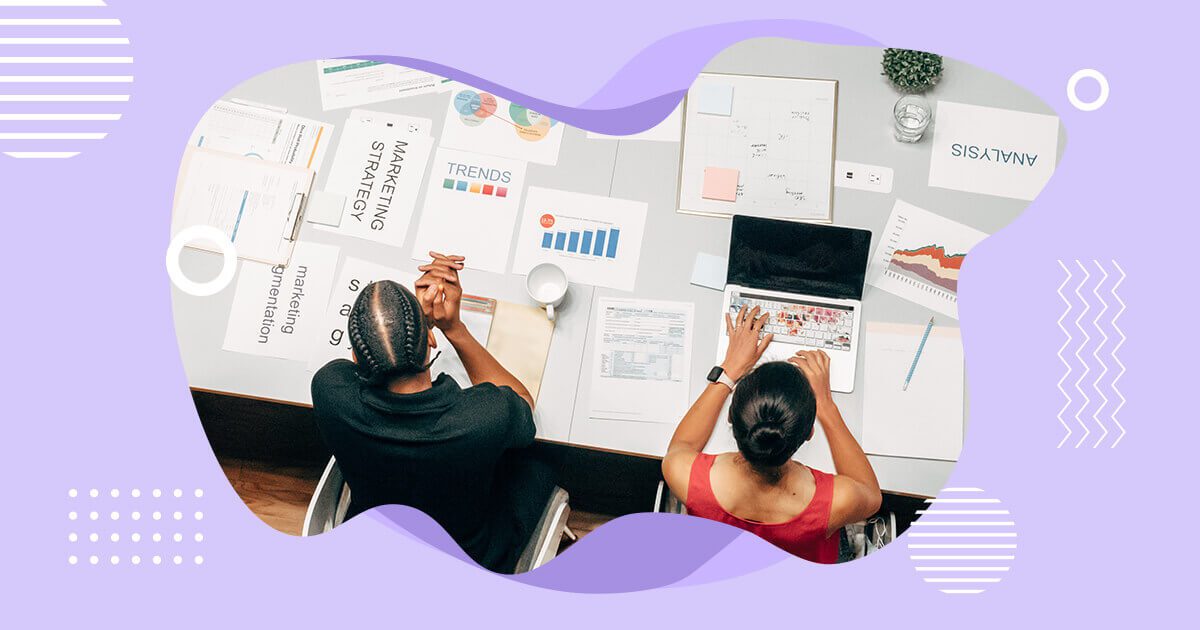
In today’s world, digital advertising is the most effective and efficient way to reach potential customers. Facebook advertising, in particular, has become a crucial tool for marketers to promote their brands, engage with their target audience, and generate a high return on investment (ROI). To stand out from the crowd, it’s crucial to implement the most effective actions. For this year, here are our recommendations for the top 10 Facebook ads strategy ideas you need to try:
1. Create Relevant Content

Topping our list is creating relevant content as one of the most effective Facebook ads and marketing strategy. Content tailored to your audience’s interests and needs increases engagement and builds brand awareness. This approach has been effective for years and will continue because it focuses on building a relationship between you and your audience.
Moreover, with the rise of ad-blocking software and decreasing attention spans, creating relevant content is more critical than ever. Creating informative, engaging, and valuable content for the audience ensures businesses that their ads are seen and welcomed by the audience.
2. Create Short-Form Video Ads (Reels & Stories)

Over the past few years, we’ve seen the shift to vertical, sound-on, mobile-first consumption across Facebook and Instagram. That said, it’s best to adapt your Facebook ads to align with this shift, using Reels ads, Stories ads, and vertical in-feed videos.
To make a high-performing short video ad, include a hook in the first three seconds and use captions for sound-off viewers. It’s also a good idea to create native-looking content and have a clear CTA.
3. Personalize Your Facebook Ads

Creating personalized ads on Facebook is an effective strategy because they’re more targeted and relevant to your audience. Businesses can use data from user behavior and interests to provide content that resonates with their audience, leading to higher engagement and conversions.
Plus, personalized ads can help you build trust and brand loyalty by showing you understand and care about your audience’s needs and preferences. This approach helps establish a stronger connection with the audience, leading to increased advocacy and customer loyalty.
You can also explore Advantage+ automated creative, which now personalizes ads using AI.
4. Use Facebook Custom Audiences
Facebook Custom Audiences are essential in a effective Facebook ads strategy in 2026. However, there have been changes in the way they’re used and optimized. Today, Meta’s AI now does much of the heavy lifting.
With Advantage+ targeting, users can start with broad audience signals and allow Meta’s system to automatically expand reach based on real-time performance data.
5. Join the Facebook Video Ad Bandwagon

According to statistics, Facebook videos have 8 billion daily views. This is an excellent Facebook ads strategy idea as they are more engaging than static ads, capturing the audience’s attention and creating an emotional connection. Facebook’s autoplay feature ensures that the video will be seen, making it an effective way to increase brand awareness and drive sales.
Facebook recommends keeping video ads short and adding captions, as these ads increase view time by an average of 12%, making it a more effective strategy.
6. Consider Creating Facebook Custom Landing Pages
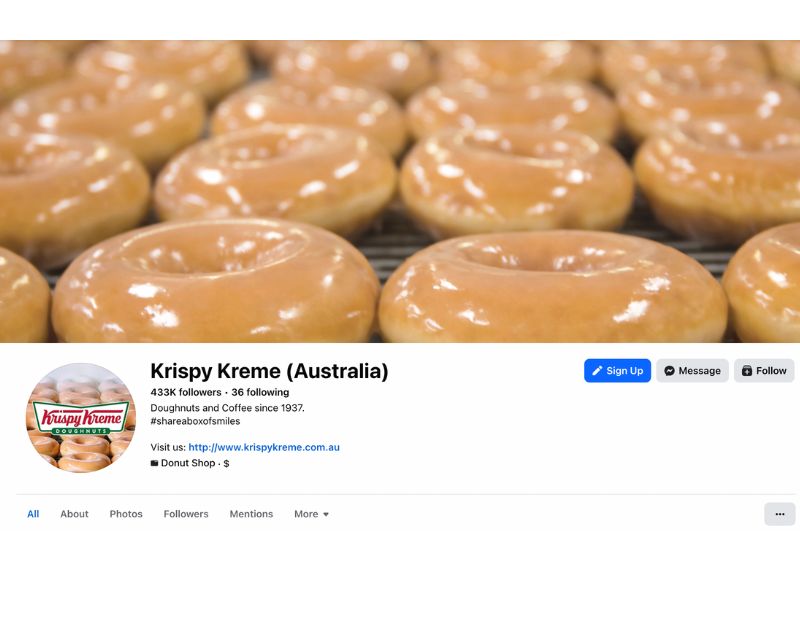
Another highly recommended Facebook ads strategy idea is to create a custom landing page. This means having a specific page for people to visit when they click on your ad instead of just using your website. Using a custom landing page makes it easier for people to take the action you want, like signing up for your email list.
It also ensures they don’t get confused or distracted by other information on your website. So, if you want more people to take action on your ad, a custom landing page is the way to go!
7. Always Think High-Quality
Having a broad reach of audiences, Facebook is also rife with advertisers, making differentiation a challenge. To work around this, you must always strive to create high-quality ads. Invest in producing the finest Facebook ads you can, as these will make your business look more professional and trustworthy. This, in turn, can increase engagement and conversions.
They also make your brand look better overall, leading to better brand recognition and customer loyalty. Ultimately, investing in high-quality ads can pay off with better results and a higher return on investment (ROI) for your Facebook advertising efforts.
8. Familiarize Yourself with Lookalike Audiences
Knowing about Facebook Lookalike Audiences is essential for creating effective Facebook ad strategies because it allows you to reach a larger yet similar audience to your existing customers. With Lookalike Audiences, Facebook will use its data to find people similar to your current customers based on their interests, behavior, and demographics.
This allows you to create more targeted and relevant ads for a group of people who are more likely to be interested in your products or services, leading to higher conversion rates and better return on ad spend.
9. Be a Facebook Remarketing Expert
Learning about the ins and outs of Facebook remarketing is crucial because it allows you to target people who have already shown an interest in your brand, reminding them of your business and increase conversions.
With Facebook’s remarketing tools, you can track potential customers’ behavior and customize your ad strategy accordingly, reaching those most likely to convert. By mastering Facebook remarketing, you can boost your advertising efforts and maximize your return on investment.
10. Hold Contests and Giveaways

Contests and giveaways on Facebook have always been a great way to increase brand awareness, engagement, and lead generation. It encourages people to interact with your brand and share your content. They can also create a sense of urgency and excitement, driving more conversions and sales while providing valuable customer data and insights.
Holding contests and giveaways can help your business achieve short-term and long-term marketing goals. You can also explore shoppable events, live commerce promotions, and lead ad optimizations to enrich your campaigns.
Final Thoughts
To maximize your ROI in 2026, try implementing the top 10 Facebook ad strategies outlined in this guide. Standing out from the competition, engaging your target audience, and continuously improving your results, Facebook advertising can be a powerful tool for growing your business. It’s also a great idea to exp[lore Meta’s AI, which now helps automate creative, targeting, and placements.
Test post title
Test post title
Exploring the Thrills of Oscar Spin Casino und Sportwetten mit Live-Spielen und Slots
The way the BetMGM Gambling establishment Bonus Compares to Almost every other Web based casinos
Support applications apparently provide broadening professionals, meaning the specific alot more your create, so it greater the advantages you get

What’s the Best On-Demand Graphic Design Service?

What’s the Best Design Agency in San Jose for Growing Brands?

Top 10 Video Marketing Agencies You Must Check Out in 2026

The Top 8 Webinar Platforms For Your Next Virtual Event or Demo

Maximizing ROI in 2026: The Top 10 Facebook Ads Strategy Ideas to Try

Top 10 App Development Software That Help Create Stunning Apps

What’s the Best Graphic Design Service for Ongoing Marketing?

What’s the Best Design Agency in Los Angeles?

What’s the Best Design Agency in Chicago
Trending
- Technology5 days ago
Top 10 App Development Software That Help Create Stunning Apps
- Business5 days ago
What’s the Best Design Agency in Houston?
- catspinscasino3 days ago
Casino ohne lizenz fake auszahlung 2025
- Uncategorized2 days ago
Penn Play Online Casino Online: A Comprehensive Guide
- Business1 day ago
What’s the Best Design Agency in San Jose for Growing Brands?
- Uncategorized23 hours ago
What’s the Best On-Demand Graphic Design Service?
- Uncategorized2 days ago
Aztec Paradise United Kingdom: Unleashing the Thrill of Online Casino Games with Live Casino and Slots
- Uncategorized2 days ago
Test post title
- Uncategorized13 hours ago
Support applications apparently provide broadening professionals, meaning the specific alot more your create, so it greater the advantages you get
- Uncategorized13 hours ago
The way the BetMGM Gambling establishment Bonus Compares to Almost every other Web based casinos

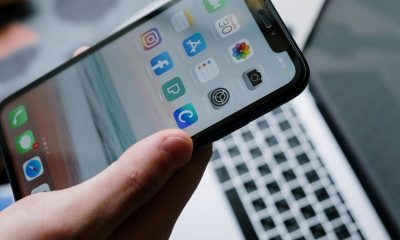




Priya nallathambi
April 22, 2021 at 2:59 am
We would like to add our product too. Please let us know your process.
Elena Wilson
January 28, 2022 at 6:33 am
This was the kind of thing I was searching for, truly accommodating, and incredible work done. Continue to share incredible substance like this.
Kathleen Peterson
September 29, 2022 at 4:21 pm
Penji is a great choice for businesses that need reliable and affordable graphic design services.